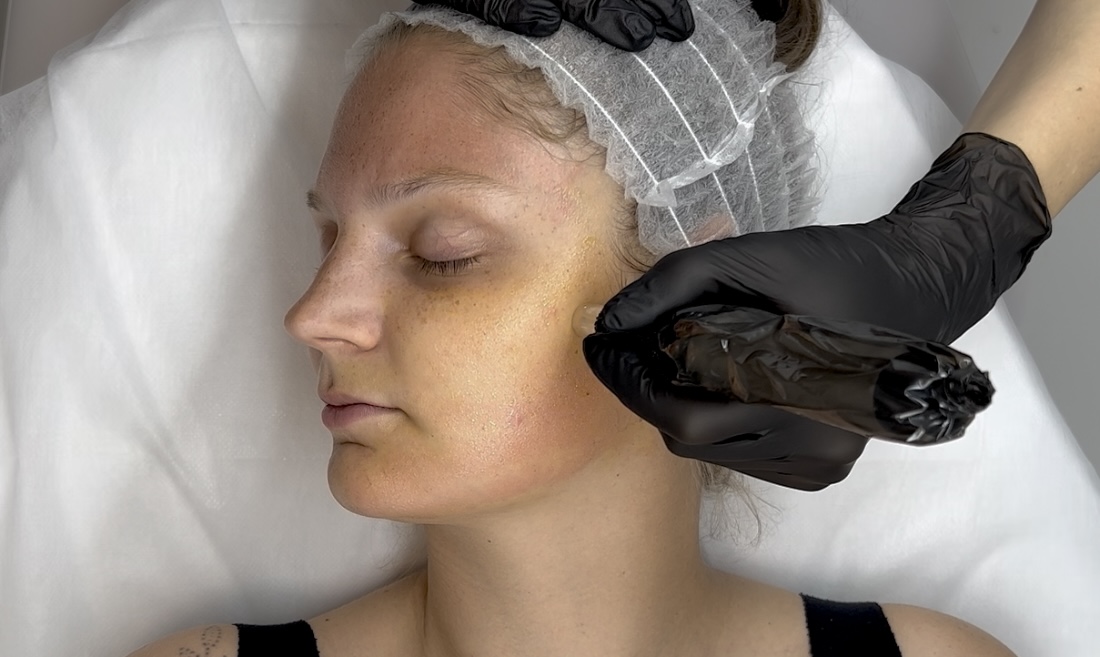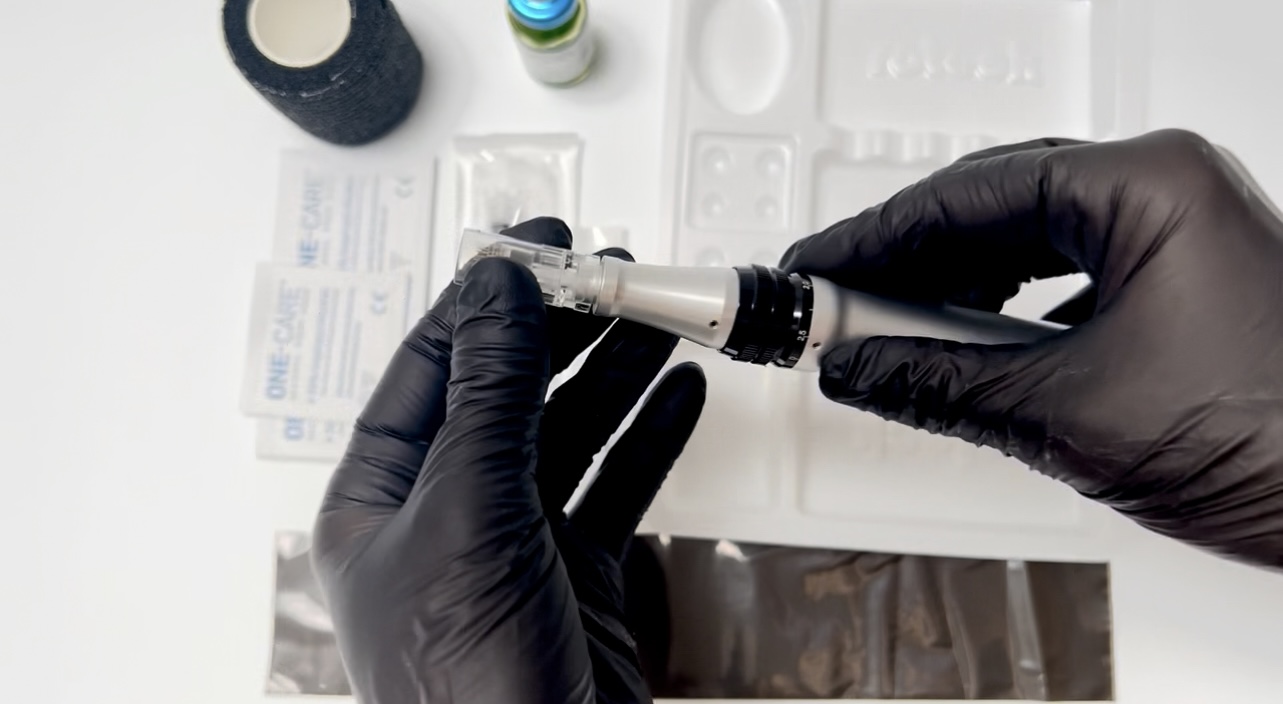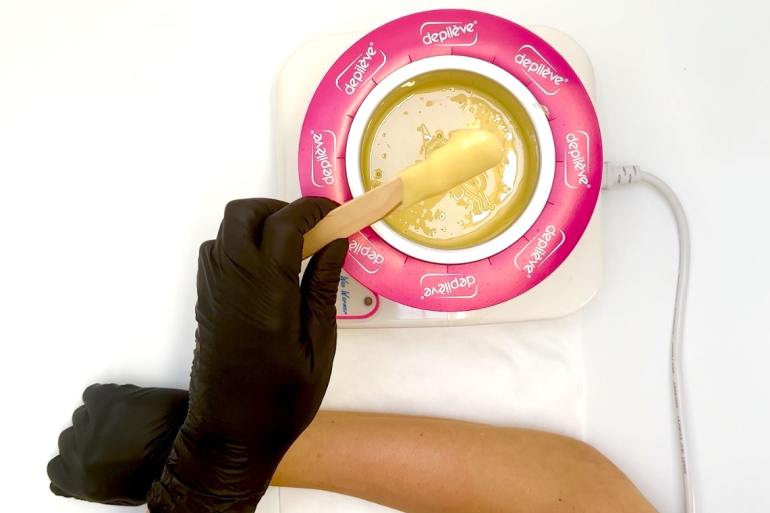If you want to grow your skills at your own pace and truly invest in your future — you’re in the right place. Thousands of students have already chosen Beauty Expert Online to gain internationally recognized beauty qualifications. Our online programs reach students in over 200 markets worldwide, giving access to modern, flexible beauty education — no matter where you live.
The Most Common Microneedling Mistakes and How to Avoid Them

Microneedling is an advanced rejuvenation technique that stimulates collagen production, improves texture, and enhances overall skin function. Although the procedure is highly effective, the precision of technique and proper skin assessment are crucial. Even small mistakes can affect treatment outcomes, extend recovery time, or increase the risk of complications. Recognizing and avoiding these errors enables professionals to deliver predictable, safe, and high-quality results for every client.
Improper Technique and Uncontrolled Movements
Smooth, controlled device movements are essential for creating consistent microchannels and maintaining epidermal integrity. Rapid, sweeping, or unstructured motions may reduce treatment accuracy and elevate the risk of unnecessary tissue damage.
Why Precision Matters
- Irregular passes create uneven microchannels
- Excessive pressure may damage capillaries
- Fast or inconsistent movements reduce needle control
- Increased risk of post-treatment inflammation
Refined, steady movements support consistent needle penetration and contribute to predictable, uniform skin regeneration.
Treating Dehydrated or Compromised Skin
Skin with a weakened barrier responds strongly to mechanical stimulation. Performing microneedling on dehydrated, irritated, or compromised skin may result in:
- heightened erythema
- slower healing
- formation of rough or dry patches
Pre-treatment protocols—such as barrier repair, hydration, and strengthening of the stratum corneum—greatly reduce skin reactivity and improve overall treatment safety.

INCORRECT ANGLE OR INCONSISTENT DEPTH CONTROL
A stable, perpendicular (90-degree) angle ensures efficient microchannel formation and minimizes the risk of tearing. Deviating from the correct angle can lead to:
- slanted microinjuries
- excessive pinpoint bleeding
- microscopic epidermal tearing
- reduced absorption of active ingredients
Depth control should always reflect the client’s skin thickness, anatomical region, and treatment goals to ensure both effectiveness and safety.
Using Inappropriate Products or Tools During the Procedure
Because microneedling temporarily disrupts the skin barrier, every topical used during the procedure must be sterile, fragrance-free, and suitable for transdermal application.
Common mistakes include:
- using perfumed ampoules that increase the risk of irritation
- selecting non-sterile or low-quality tools
- applying products not intended for open-skin procedures
Minimal-ingredient, sterile formulations are the safest choice for post-microchannel environments.

Overstimulation or Excessive Intensity During Treatment
Some clients assume that stronger stimulation equals better results. Excessively aggressive passes, high depth settings, or unnecessary repetition may lead to:
- prolonged inflammation
- microtearing
- post-inflammatory hyperpigmentation
- delayed recovery
Gentle, controlled stimulation supports optimal collagen induction while maintaining tissue safety.
Microneedling is a powerful, science-backed procedure—provided it is performed with precision, safety, and an understanding of skin physiology. Avoiding common mistakes such as improper movements, incorrect angles, poor product selection, and over-aggressive intensity protects the skin and enhances treatment outcomes. When executed correctly, microneedling offers refined, long-lasting rejuvenation with minimal downtime.











